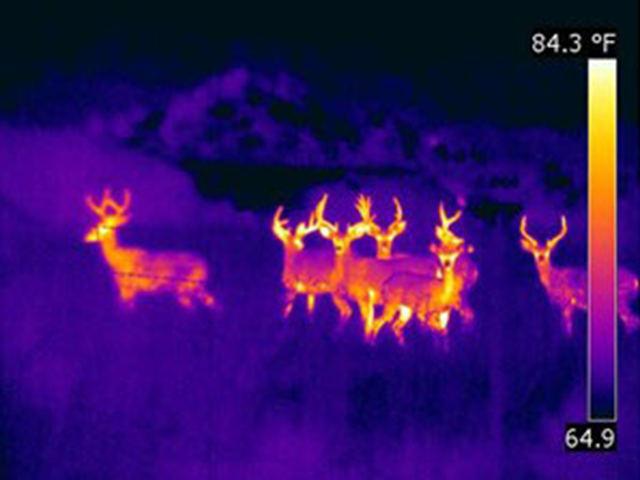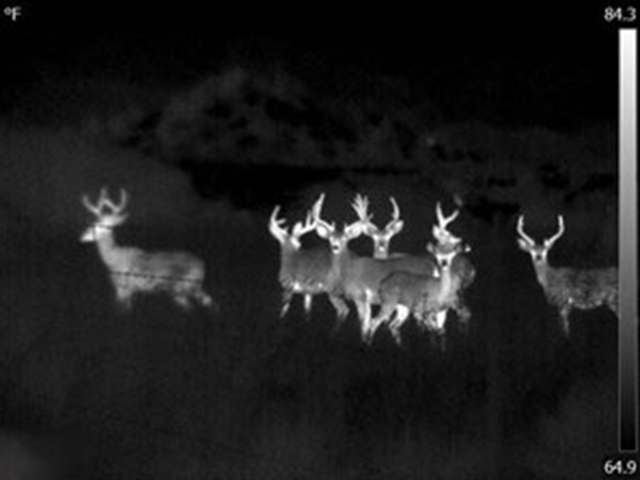How infrared thermal imaging helps wildlife conservation?
Sales Engineer:Grace Gao
Email:grace@bri-elec.com
WhatsApp:0086-199 2997 5286
Today we will look at the long wave infrared (LWIR) spectral range, which is the range of capabilities of thermal imaging cameras. Whether you are interested in building your own machine vision system for a project, commercial application, or just want to learn more about invisible imaging for machine vision, we hope you enjoy it!
1.IR
To recap what we mentioned earlier, IR (infrared) light refers to the invisible range of the electromagnetic (EM) spectrum, which has longer wavelengths than visible light.
Infrared sensors seen in modern SWIR (short-wave infrared) cameras are able to capture short-wave infrared light, which can highlight differences within and between materials that are otherwise invisible to the naked eye or traditional machine vision cameras.
Long Wave Infrared (LWIR) refers to a specific range of infrared light between 6,500nm-12,000nm. In this spectral range, because the wavelengths are much larger than visible and SWIR light, infrared is best thought of as heat energy rather than invisible light. This brings us to the realm of thermal imaging.
2. Thermal imaging
Both thermal energy and visible light make up different ranges of the electromagnetic spectrum, but a camera that can detect visible light will not be able to detect thermal energy, and vice versa. Thermal imaging cameras capture infrared energy and use this data to display a digital image.

3.Thermal camera sensor
The sensors in a thermal imaging camera are what truly differentiate it from standard machine vision cameras,the sensor is available in a variety of pixel configurations, from 80x60 to 1280x1024 pixels or higher. This is the resolution of the camera.
The reason for these lower resolutions compared to standard machine vision sensors is that, as mentioned earlier, LWIR energy has a much larger wavelength than visible light.This means that each physical sensor element needs to be much larger than its standard visible light detection counterpart. This results in thermal cameras typically having much lower resolution or fewer pixels than visible sensors of the same mechanical size.

4.Heat distribution
Everything around us emits thermal energy, along with it's own thermal signature. Even if two objects placed side by side have even slightly different thermal signatures, thermal sensors are able to differentiate between them regardless of lighting conditions. This means the thermal camera can see in complete darkness or smoky environments.
5.Thermal imaging applications
Thermal imaging cameras are now used in a wide range of applications,We offer thermal imaging cameras for those wishing to monitor:
Food and beverage packaging seal inspection
Temperature in industrial automation
Engine or motor overheated
Fire at a waste management site
Automatic braking of self-driving cars
Elevated body temperature during health check-up
Sales Engineer:Grace Gao
Email:grace@bri-elec.com
WhatsApp:0086-199 2997 5286

